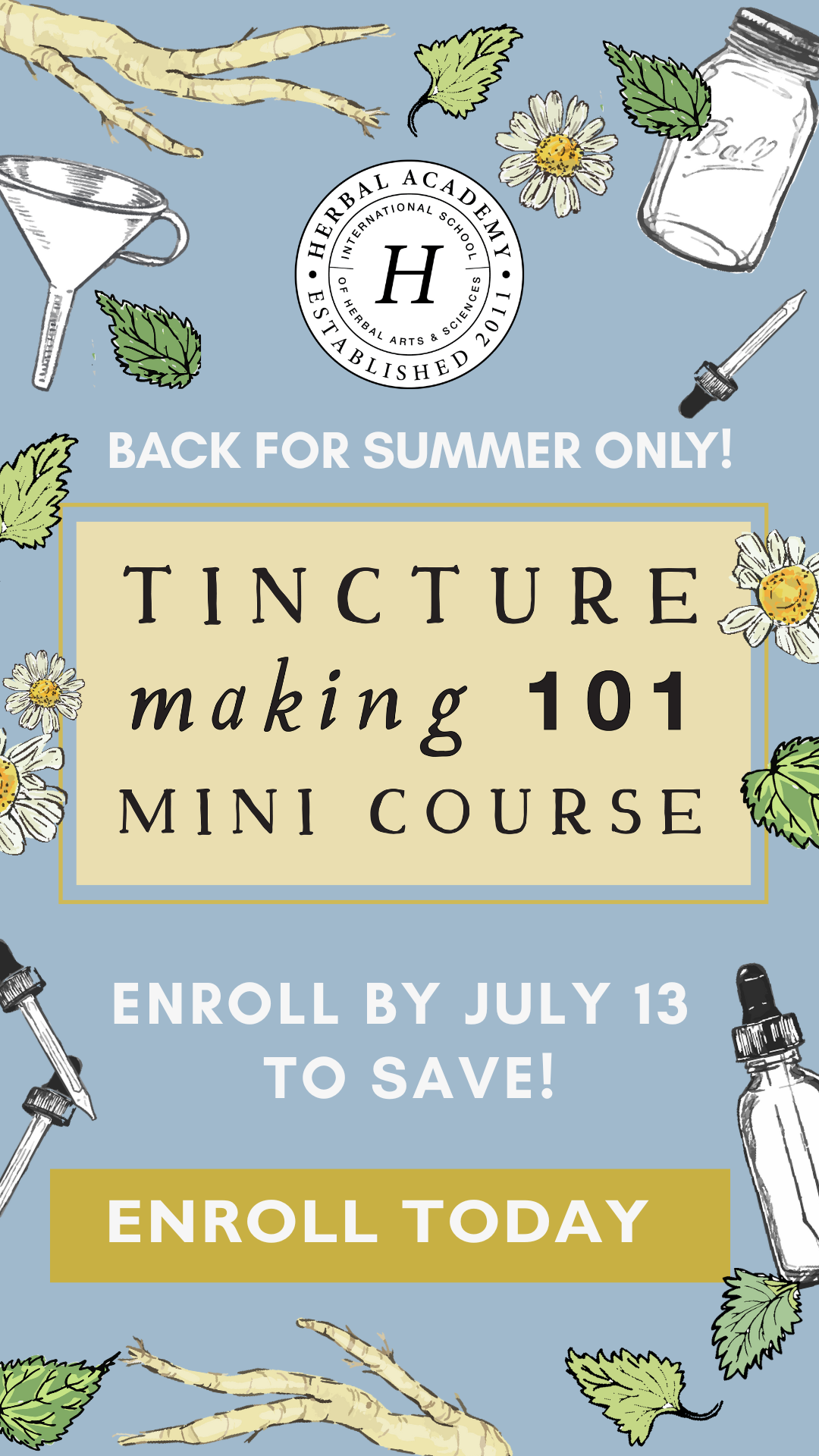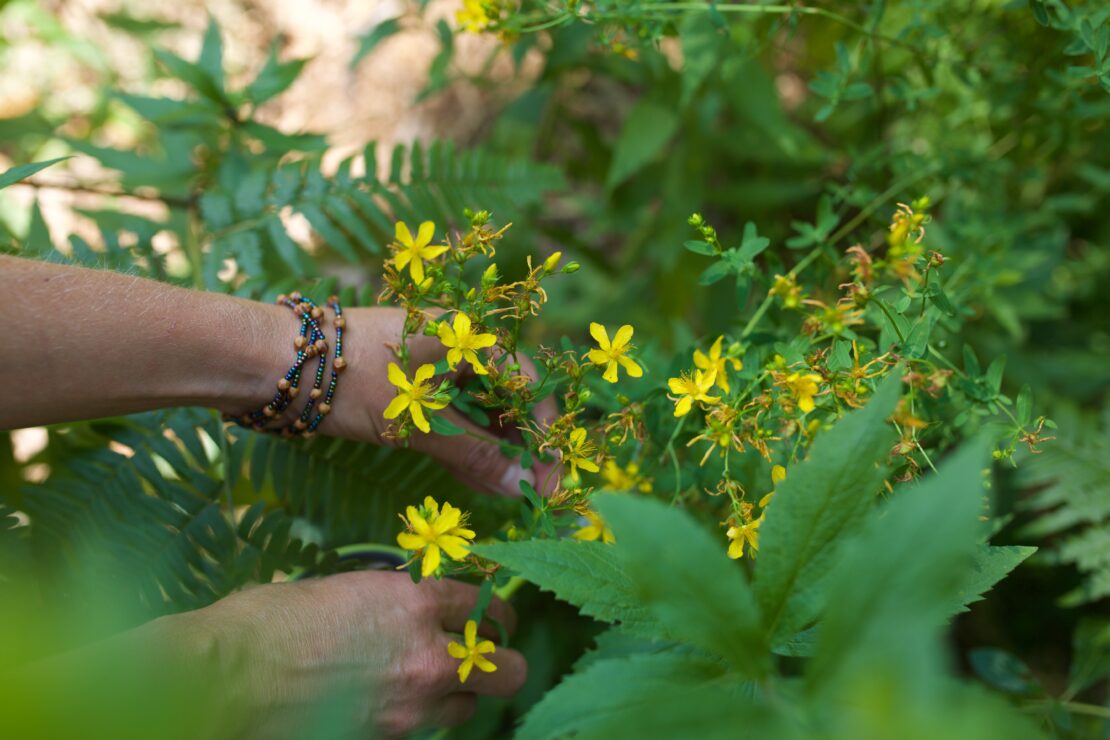
10 Helpful Tips for Wildcrafting Herbs
Wildcrafting is the practice of foraging for useful plants from their natural, wild habitat for edible or herbal purposes. Wildcrafting for your own herbs is one of the most rewarding things that you can do. Not only is it nice to know where your herbal remedies come from, but it’s fun to learn to identify plants and to see what the plants actually look like while they’re growing. Plus, you might be surprised to find out about the beneficial qualities of common plants that you walk by every day!
Tips for Wildcrafting Herbs
Here are 10 tips for wildcrafting herbs that will help you on your plant foraging journey.
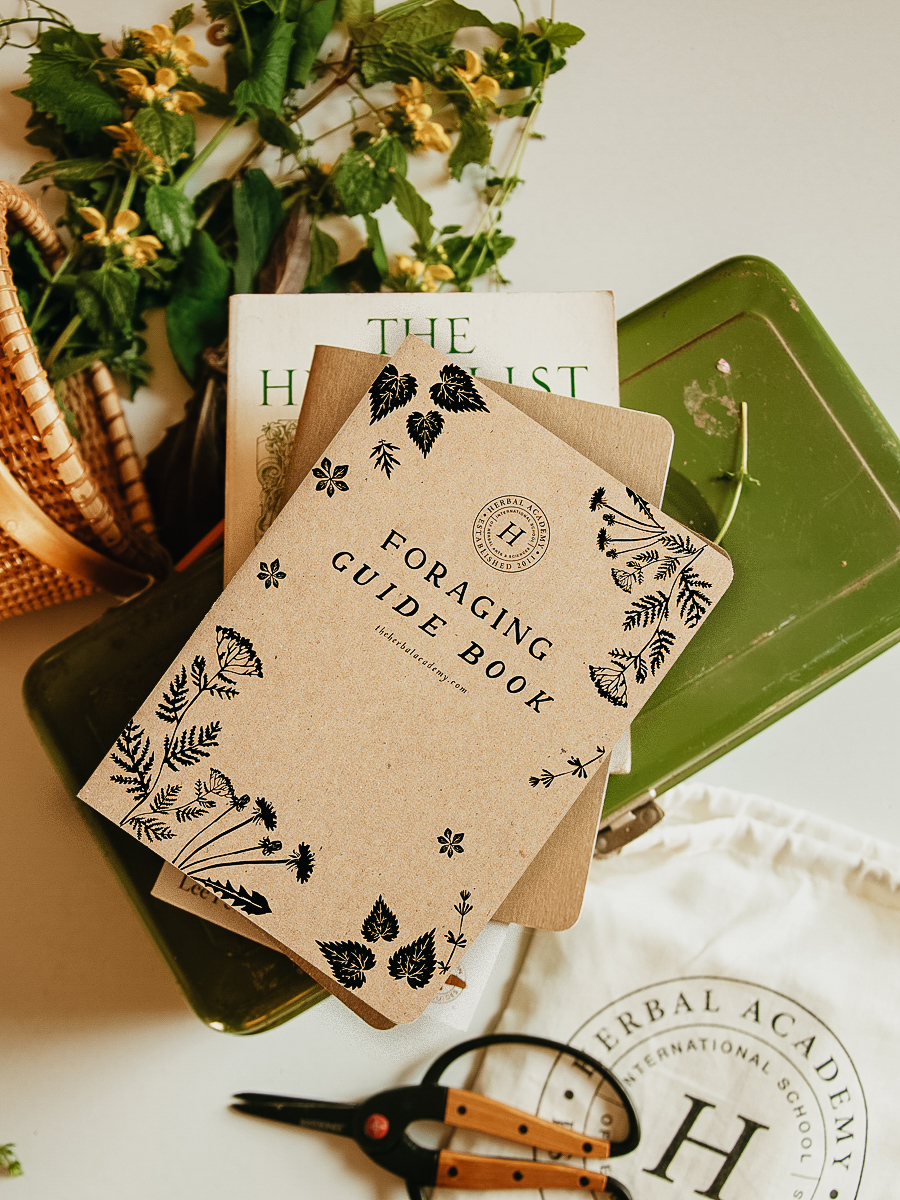
Get a few good plant identification books for your area.
You will definitely want to invest in 2 or 3 good plant identification books to help you. It’s especially helpful to find books that are geared towards herbal and edible plants, and even better if you can find one specifically for your region. There are many great books on the market for this. Try to go on a few plant walks with a local expert before venturing out on your own, and be 100% sure of your plant identification before harvesting, as there are some toxic lookalikes.
Be prepared.
Before you leave, put together a backpack or bag with your plant books, water, a snack or two, extra clothing, and even a small first aid kit (make a Hiking First Aid Kit). You will also want to bring a pocket knife and scissors, and/or small pruners for collecting. If you think you might be collecting some roots, a small gardener’s trowel is also handy. Small baggies of some sort for your collections are helpful as well.
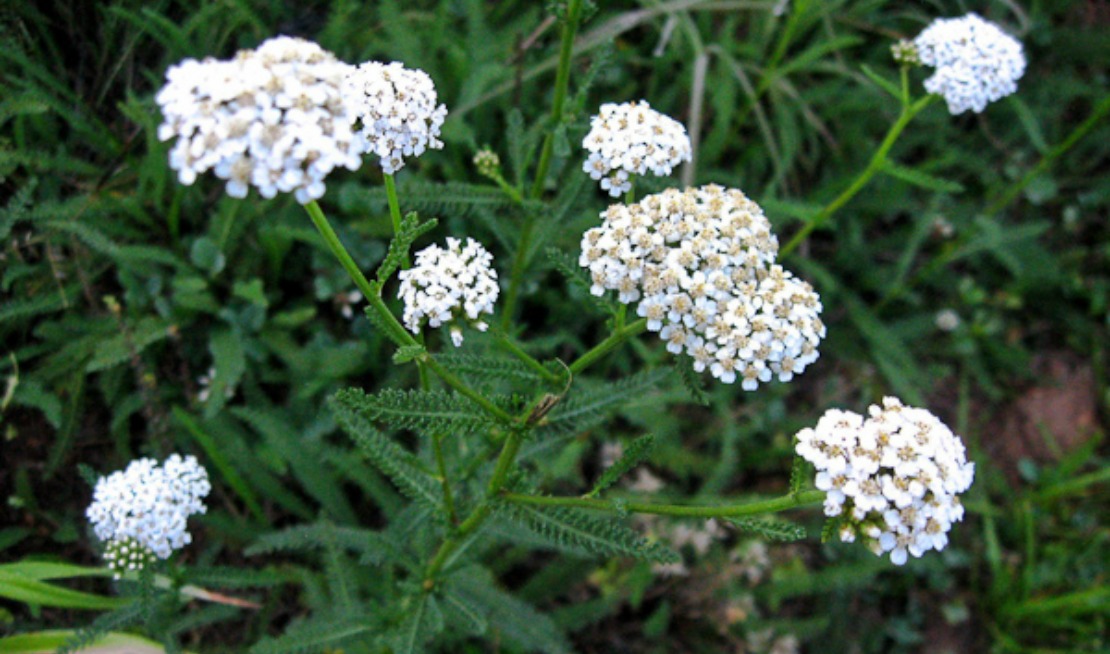
Get outside!
This is the best part about wildcrafting – it gets you outside, exercising in nature, all with a purpose. It doesn’t matter if you go for a long hike in the woods or for a stroll in your own neighborhood, plants with edible and herbal uses grow everywhere. You just have to get outside and start looking!
Walk slowly.
As a longtime hiker, this one was actually a hard one for me to start doing. I like to walk fast and get in some good mileage, but when your goal is to collect wild plants, you need to take it slow so that you actually have the chance to notice your surroundings. If you’re like me and you have a hard time slowing down, maybe take a child or an elderly person with you. They naturally walk slowly and force you to move at a different pace, plus I’m sure they would love the adventure!
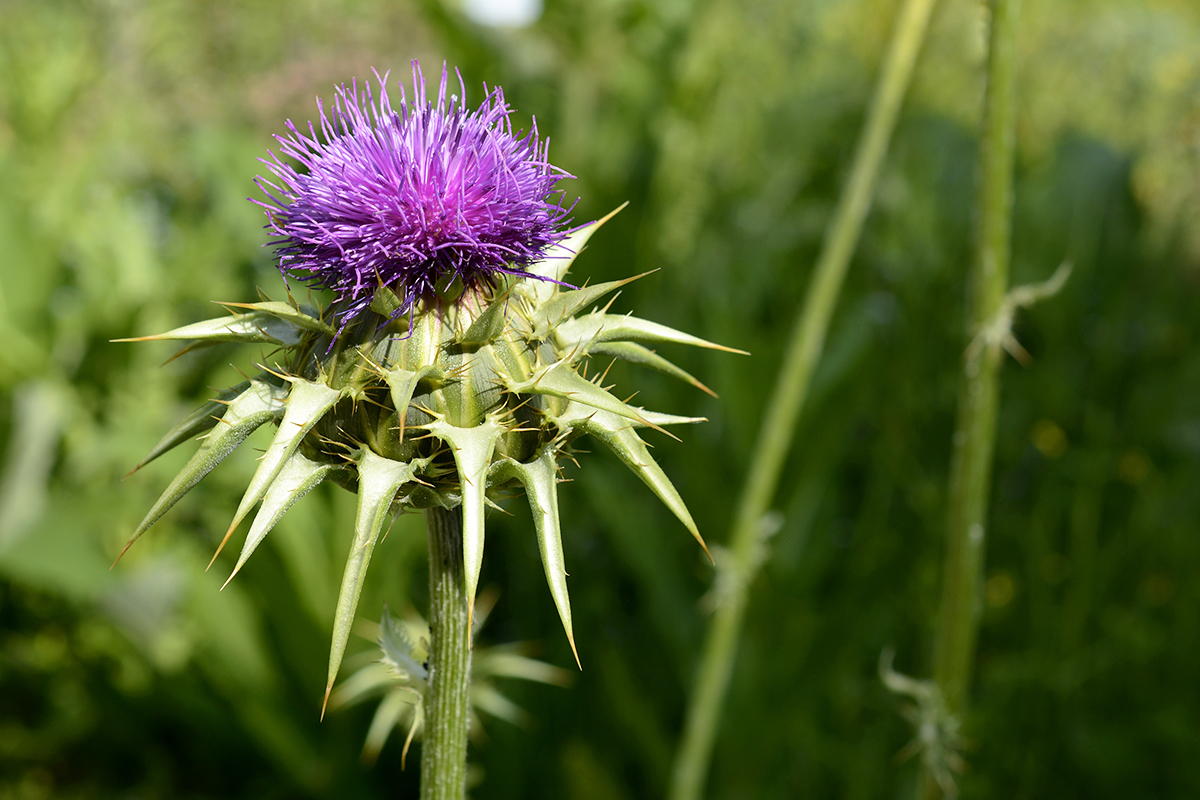
Keep your eyes peeled.
As you’re walking slowly, look down. Scan the trail, path, or sidewalk that you’re walking on. Look in all directions, and sometimes even behind you. Look up. Stop from time to time just to take in your surroundings. Pick out plants and practice looking them up in your identification books. Really, just keep looking!
Look in uncommon (and common) places.
When you’re on the trail, try going off trail for a bit. Be gentle when doing this, as you don’t want to disturb the natural habitat. Beyond the woods, however, there are many places to wildcraft.
Sidewalks and quiet gravel road edges are good places to look, as are open fields and empty lots. Make sure to get permission first for anything that is private property, and steer clear of busy roadsides to avoid runoff and pesticide contaminants. Also, avoid areas that are close to industrial and construction sites, under power lines, or near commercial farms that could be using pesticides and have toxic runoff. Many local places like parks, green spaces, and school grounds can also be good; just be sure to check that collecting wild plants is allowed before you start.
Wherever you collect, be sure that the plants aren’t being sprayed with pesticides and are not growing on polluted land, and always check if foraging is allowed. You might even want to look in your own backyard!
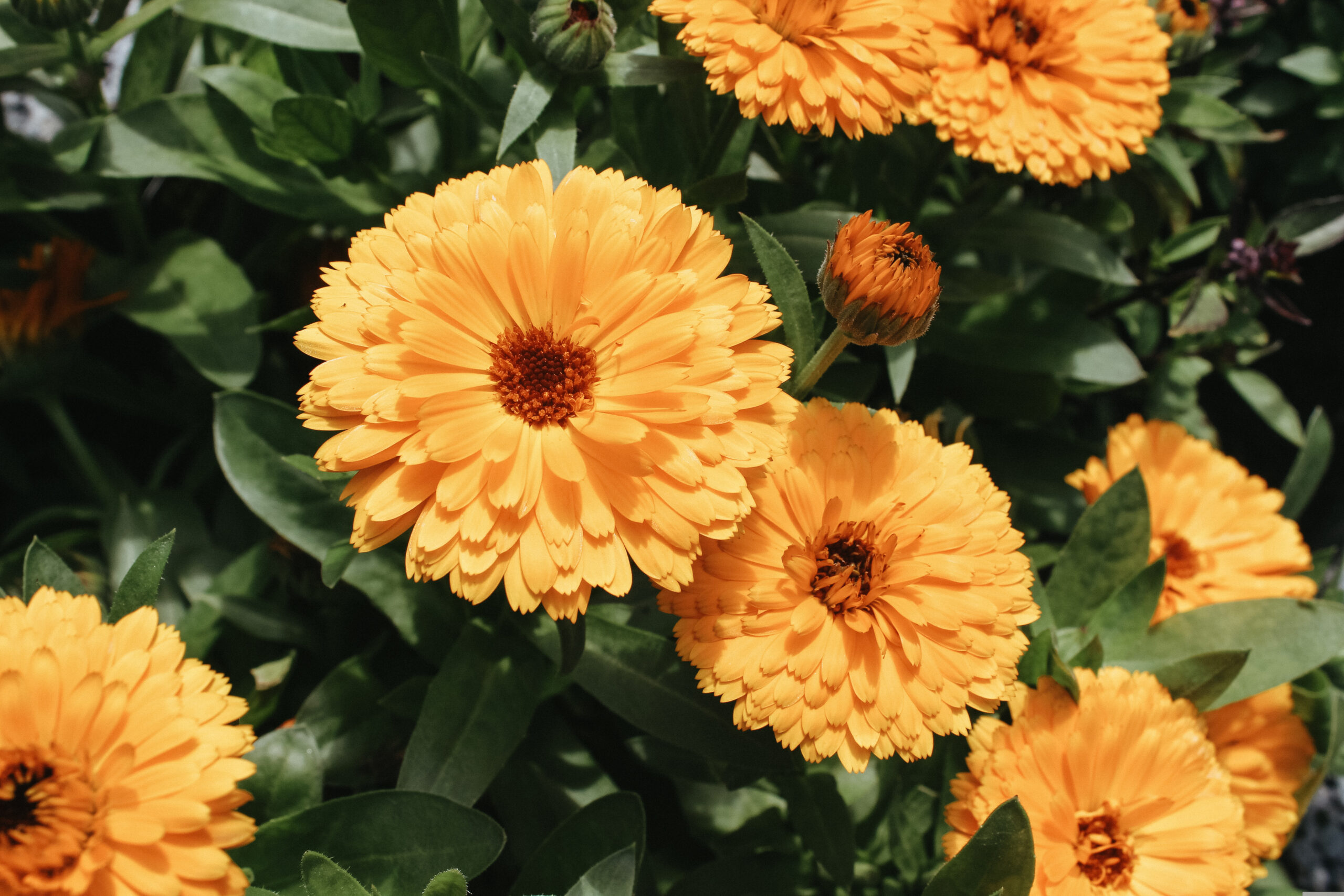
Don’t set out to find a specific plant.
Unless you know without a doubt that a specific plant grows in a specific place, you don’t want to set yourself up for failure by thinking that you’re going to go out and collect a whole bunch of a certain plant. Half of the fun is the adventure and not knowing what you’re going to find. Often, I will find several plant varieties, but on the rare occasion, I won’t find any. That’s just how it goes sometimes.
Don’t overlook common plants.
There are so many plants that we have all grown up with that are easily identifiable. Dandelion, red clover, plantain, yarrow, mullein, rosehips, and elderberry are just a few. Learn about common plants like these first, then move on to more uncommon or harder-to-find plants.
Be mindful of plants that are rare or endangered.
Research which plants are rare or endangered, and absolutely do not take any of those. Overharvesting can be devastating for many threatened plant species. Some examples of herbs that are at-risk are slippery elm, American ginseng, black cohosh, and goldenseal.
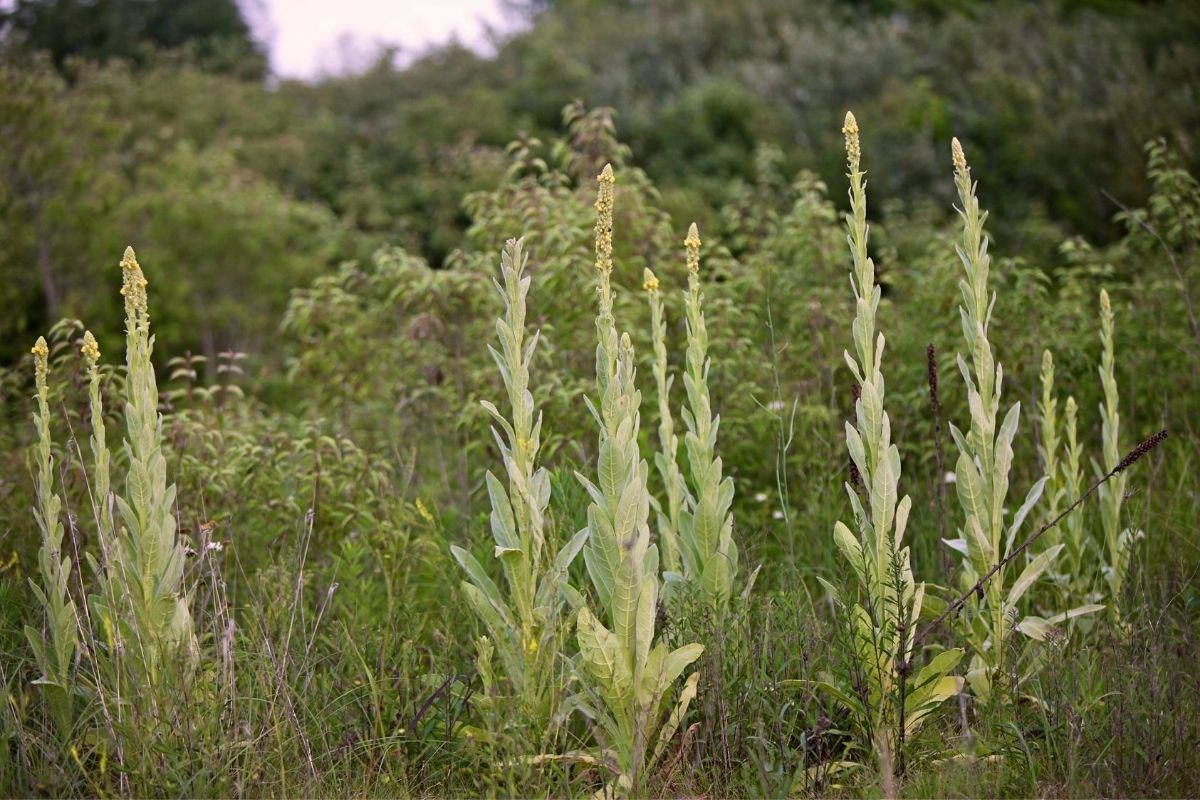
Leave more than you take.
Finally, even for plants that are abundant, do not take them all. If you want these helpful plants to keep on giving us their wonderful benefits, we have to leave some for future years. So always leave more than you take (a general rule is to harvest just 5-10% of a population), and better yet, plant a seed of the same variety whenever you remove a plant.
Wildcrafting is an endeavor that every herbalist should try. These 10 tips for wildcrafting herbs should give you a good head start. The most important part is to just start looking, soon you’ll be surprised by how many plants you can identify!
Want to Learn More?
Botany & Wildcrafting Course – Learn the science of botanical identification and the art of wildcrafting through this captivating voyage into wild edible and herbal botanicals!
The Foraging Course – Discover commonly foraged edibles and wild herbs in this online class with 24 in-depth plant monographs, 48 recipes, and guided videos.
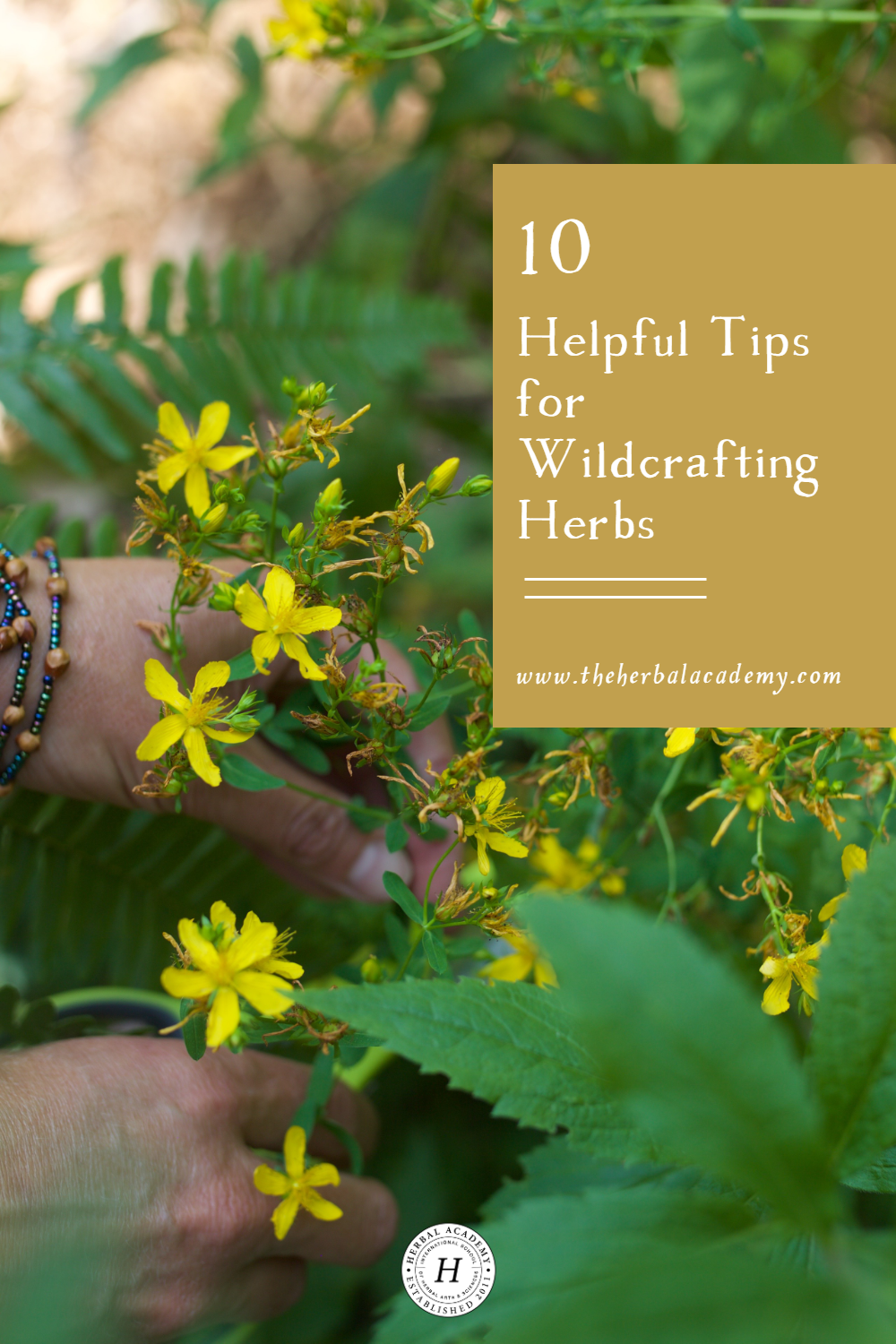
This post was written by Colleen Codekas, who runs the blog Grow Forage Cook Ferment, a website that teaches about all types of homesteading endeavors, particularly related to food, herbalism, permaculture, health, and survival. She loves growing and foraging for herbs and other plants, making herbal salves, cooking food from scratch, and making mead (honey wine). She is currently taking the Introductory Herbal Course and is absolutely loving it!

